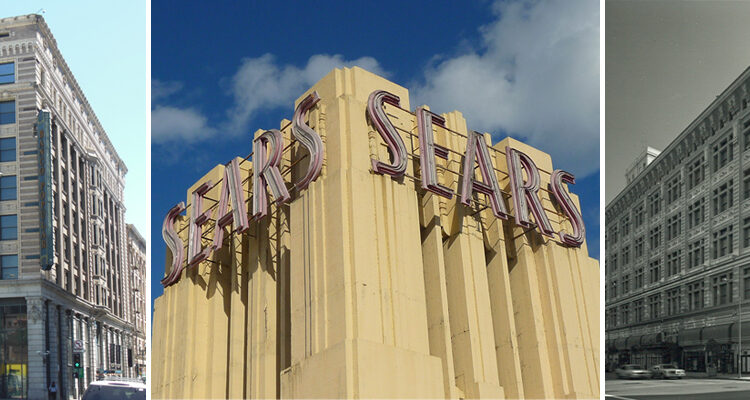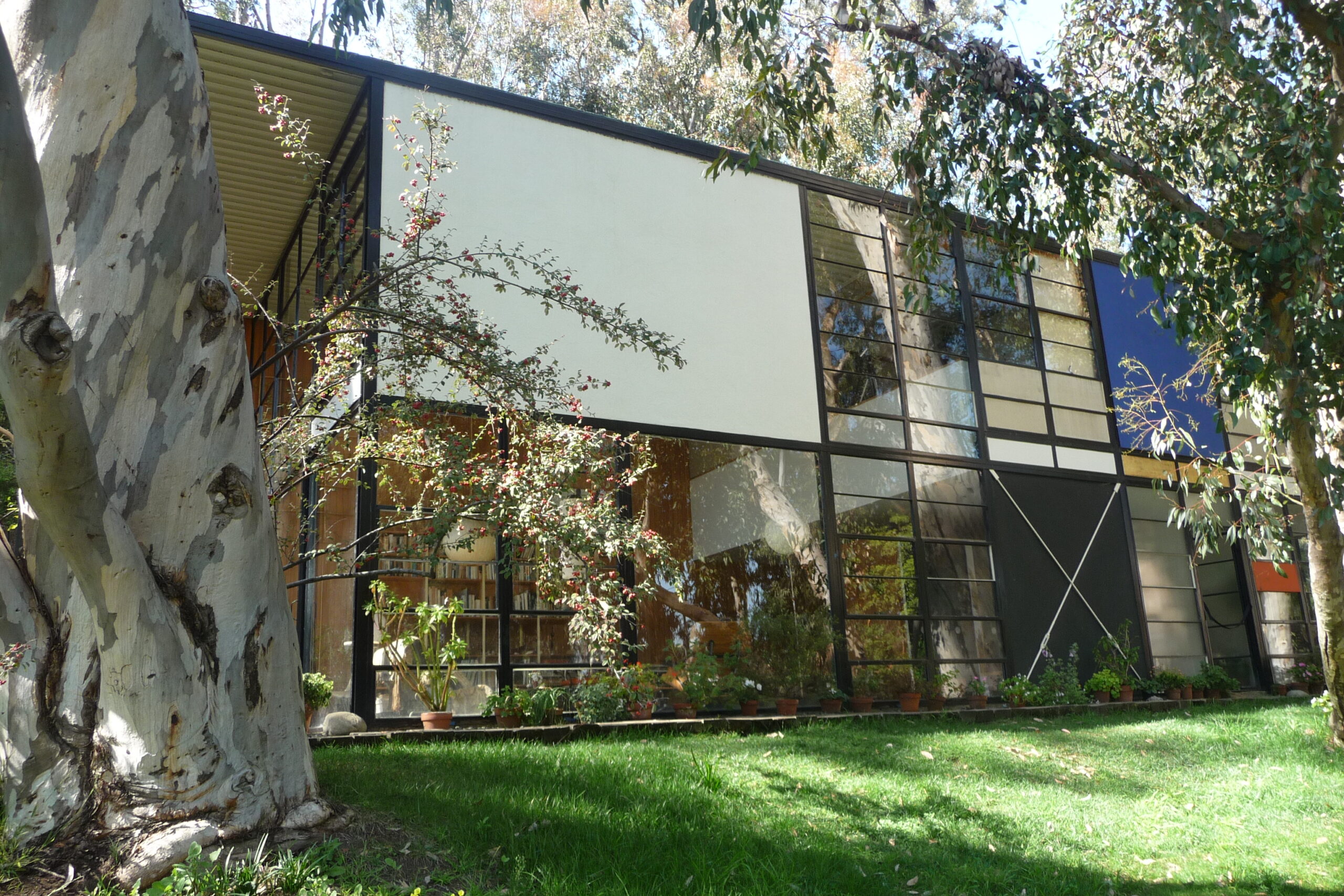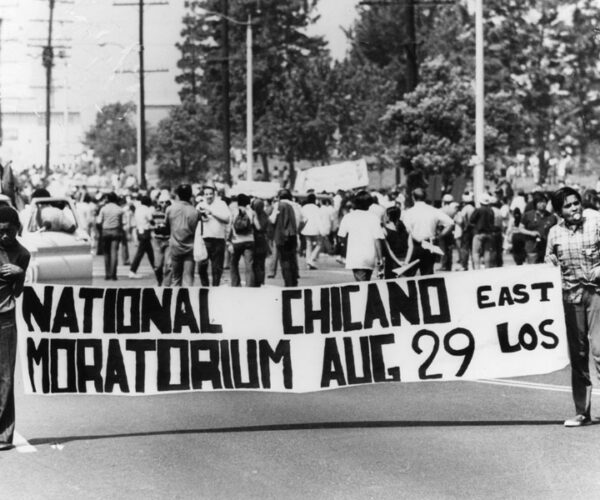
Saved
Historic Tax Credit (HTC)
On November 2, 2017, congressional lawmakers introduced a tax reform bill that eliminates the Historic Tax Credit (HTC),
Saved
Places that have survived threats of demolition or excessive alteration.
Overview
Help Save the Historic Tax Credit!
Last week, congressional legislators introduced a tax reform bill that eliminates the federal Historic Tax Credit (HTC), our nation’s primary financial incentive for historic preservation. Since first introduced in 1981, the HTC has been critical in helping save thousands of historic places and leveraging billions in private investment.
The HTC provides a twenty-percent tax credit on the total amount invested in a historic rehabilitation project, which often makes or breaks a project’s financial feasibility. The HTC program has more than paid for itself, returning more to the Treasury than it costs and serving as a catalyst for revitalization efforts.
Repeal of the HTC is expected to be included in the Senate version of the tax bill, which will likely be released this week or next.
Between 2002 and 2016, one hundred sixty-nine HTC projects were completed in California, creating nearly 40,000 jobs and generating $653,324,300 in local, state and federal taxes.
About This Issue
Why the HTC Matters
The HTC is one of our strongest tools and financial incentives. If not for the HTC, thousands of historic buildings across the U.S. would not have been rehabilitated, adaptively reused or even standing today. The HTC is often applied to projects converting historic buildings into both affordable and market rate housing, a critical need at the moment for Los Angeles.
Current local examples of HTC projects in the works include the former Hamburgers/May Company Department Store and Banco Popular de Puerto Rico, both in downtown L.A., and Sears in Boyle Heights. Another recently-completed HTC project and 2013 Conservancy Preservation Award recipient is the Boyle Hotel and Cummings Block in Boyle Heights.
HTC, By the Numbers:
- More than 42,000 historic buildings rehabilitated since 1981.
- 2.4 million jobs created through HTC projects, with historic rehabilitation projects being more labor intensive (60/40 percent labor/materials) than new construction (40/60 percent materials/labor).
- $131 billion in private investment leveraged though the HTC.
- An average of $1.20 return to the Treasury for every HTC dollar invested (to date providing $29.8 billion in direct federal tax revenue vs. $25.2 billion cost of HTC program).
Our Position
HTC Case studies from Los Angeles
The HTC is one of our strongest tools and financial incentives. Without the HTC, many beloved Los Angeles landmarks wouldn’t be preserved today, including the following case studies:

How You Can Help
How you can help save the HTC
Please write to your representatives in the House and Senate urging them to support the federal Historic Tax Credit. The National Trust for Historic Preservation has an easy template and submission form you can use – it only takes a minute to make your voice heard!
Without the HTC, historic buildings will be increasingly at risk. Time is of the essence as we expect the tax reform bill to move rapidly and hope to reinsert the HTC into an amended version.
We need your help to save the HTC. Please email your representatives and tell your friends across the country to do the same. Thank you!




